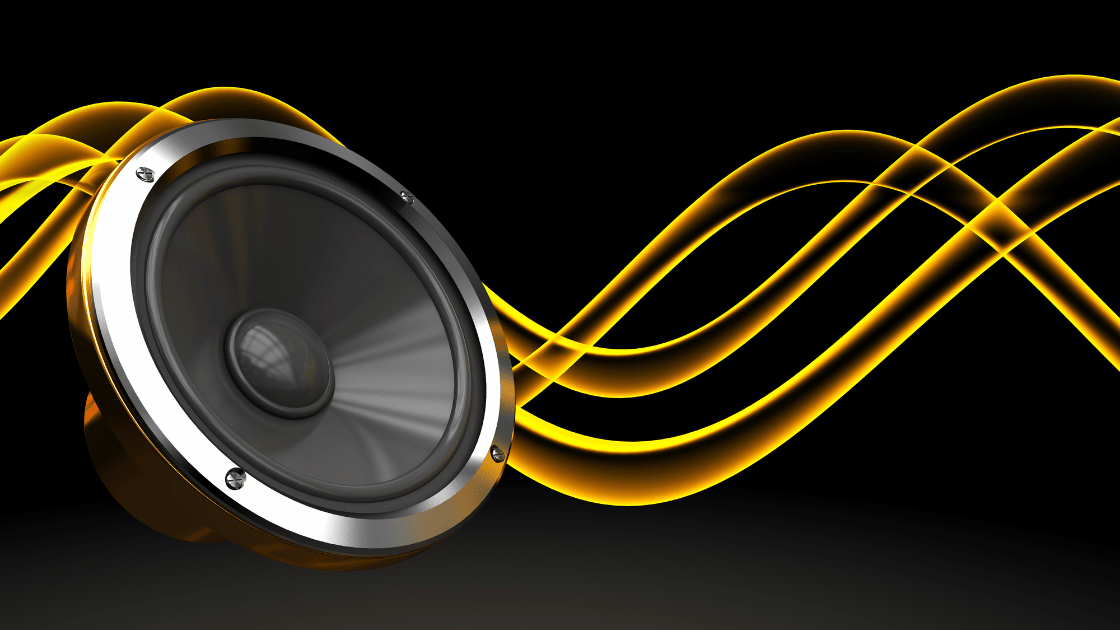The Cycle of Sound: 6 Ways to Measure Audio Waveforms

Sound is everywhere, enhancing our experiences and allowing us to communicate, connect, and appreciate the world around us. Sound is a complex interplay of energy, frequency, and vibration. In this article, we will explore some key concepts that underlie the phenomenon of sound, including the cycle, waveform, frequency, amplitude, timbre, and wavelength.
"If you want to understand the secrets of the universe, think in terms of energy, frequency and vibration"
- Nikola Tesla

Download my FREE guide: 10 Characteristics of a Sound Wave to learn more about how to measure sound
Cycles: The Rotation of Sound
Sound is a cyclical phenomenon that involves the repeated motion of particles in a medium. This cycle is characterized by the movement of molecules in the medium, which creates areas of compression and rarefaction. When an object or a source generates sound, it creates a disturbance that propagates through the surrounding air or another medium. This disturbance forms a series of compressions and rarefactions, giving rise to the wave nature of sound.
Waveform: The Shape of Sound
The waveform of a sound wave refers to the visual representation of its oscillating pattern. The shape of a waveform carries crucial information about the sound's characteristics. Common waveforms include sine wave, square wave, and sawtooth wave. Each type of waveform has distinct properties, influencing factors such as tone and timbre.

Have you downloaded my FREE Music Production Guides? Home Studio Setup, Magic Compression, Magic EQ and more!
Frequency: The Pitch of Sound
Frequency is a fundamental property of sound that determines its pitch. It refers to the number of cycles a sound wave completes in a unit of time, usually measured in Hertz (Hz) or cycles per second. High-frequency sound waves create high-pitched sounds, while low-frequency waves result in low-pitched sounds. Our ears can perceive a wide range of frequencies, allowing us to enjoy a range of musical notes.
Amplitude: The Volume of Sound
Amplitude refers to the magnitude of a sound wave's displacement from its resting position. In simpler terms, it is a measure of the intensity or loudness of a sound. Greater amplitude corresponds to a louder sound, while smaller amplitude results in a quieter sound. Amplitude is key for conveying dynamic emotions and emphasizing certain elements in music and speech.
Timbre: The Color of Sound
Timbre is the unique quality that distinguishes one sound from another, even when they share the same pitch and loudness. Also known as tone color, timbre is influenced by the complex interaction of harmonics and overtones present in a sound. It is what allows us to differentiate between various musical instruments or recognize different voices even when they play the same note. Timbre gives richness and depth to the auditory experience.

⭐️ Try my FREE Ableton Live course. Learn Ableton Live in 90-minutes for FREE ⭐️
Wavelength: Spatial Characteristics of Sound
Wavelength is the physical distance between successive points in a sound wave that are in phase, meaning they have the same displacement and direction. Wavelength is inversely related to frequency: higher frequencies have shorter wavelengths, and lower frequencies have longer wavelengths. Understanding wavelength helps us appreciate how different sound waves interact with their surroundings and other objects.
The intricate interplay of energy, frequency, and vibration forms the basis of how sound works. From the cycle of compressions and rarefactions to the diverse characteristics of timbre and the spatial attributes of wavelength, sound is a captivating and multifaceted phenomenon. As we look deeper into the science of sound, we gain a greater appreciation for the complexity and beauty of the the ways sound moves.
#audio #soundwaves #soundmeasurement #audiotechnology #soundengineering #sounddesign #soundwavespectrum #soundanalysis #soundwaveform #soundmeasurementtools #audioengineering #audiowaveform #soundwaveanalysis #soundwavefrequency #soundwaveamplitude #soundwaveperiod #soundwavevelocity #soundwavephase #soundwaveinterference #soundwavediffraction
Futch - Music Production Coach and Ableton Certified Trainer
Check out my live online music production program: Music Production Ninja...





